15 Sep How Do I Know If I Ruptured My Implant? Corrective Breast Augmentation Surgery
Is This A Common Complication Of Breast Augmentation?
Breast implants are one of the most sought-after cosmetic procedures today. Some women simply want to improve the look of the breast after surgery, and others only for aesthetic reasons. Whatever the motive, surgeons also see patients who hope to fix ruptured breast implants. A breast implant is a silicone or saline insert that sits in a capsule in the breast tissue. The contents can leak to nearby tissue if the outer shell is damaged. Ruptured implants cause aesthetic disturbances initially but can be more severe if left untreated, requiring corrective breast augmentation surgery.
What causes a ruptured implant?
Most ruptures occur due to wear and tear. Over several years, the implant may weaken, causing the shell to rupture. Sometimes, the surrounding tissue can lose elasticity, and the implant can shift, eventually rupturing. Occasionally, an accident or blow to the chest can rupture the implant. There are also cases of ruptures happening via mammograms, but this is rare as technicians are trained to perform tests without affecting the implant. Ruptured implants have specific signs that a surgeon can address.
Changes in size and shape
Saline and silicone implant ruptures look a bit different. The size and shape of the breast can change depending on the type of implant. Saline implants lose size quickly as the material runs out to the nearby tissue. The body absorbs the saline giving an asymmetrical appearance, or sometimes, breast ptosis. Silicone and gummy implants, on the other hand, are denser, so the breast size will be unchanged. Besides, the body will not absorb silicone. However, women will notice the shape of the breast changing in width or length. These are all signs to speak with the surgeon again.
The ripple effect
What if there is no immediate change in size or shape? Then look for lumps, bumps, or ripples. The saline implants can form dents in the spaces where the solution is missing. Over time, the implant shifts or folds, causing a ripple. Silicone can also ripple but can take much longer to appear than silicone. Little waves are common under the armpit or underside of the breast.
Is the breast painful?
In almost all cases, the rupture can cause pain and tenderness. When an implant is installed, tissue morphs around the implant, forming a capsule. During a rupture, this capsule changes shape. The added scar tissue can be painful. The added skin or changing shape can tug on the skin, causing some tenderness or tightness. If the breast is suddenly uncomfortable, especially when wearing a bra, there may be a rupture.
Correcting with surgery
See a doctor immediately for any of these signs, no matter how subtle. The plastic surgeon can perform tests and determine if corrective breast augmentation surgery is necessary. The patient and surgeon will have to decide the next course of action. The ruptured implant and the capsule are surgically removed. The surgeon removes both implants even if only one side is ruptured. If the patient so chooses, the surgeon will install new implants. Some women will decide not to have implants again, and that’s okay. Make the choice that feels right for overall health and wellness.
Look for the signs
A ruptured implant can look normal for a long time, especially with silicone and gummy implants. Therefore, patients should do periodic checks in the mirror and take note of strange shapes, pains, or tenderness. While this is a common occurrence, women should feel comfortable with breast augmentation and corrective surgery. In most cases, revision can prevent ruptures from happening again.



